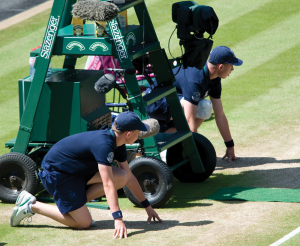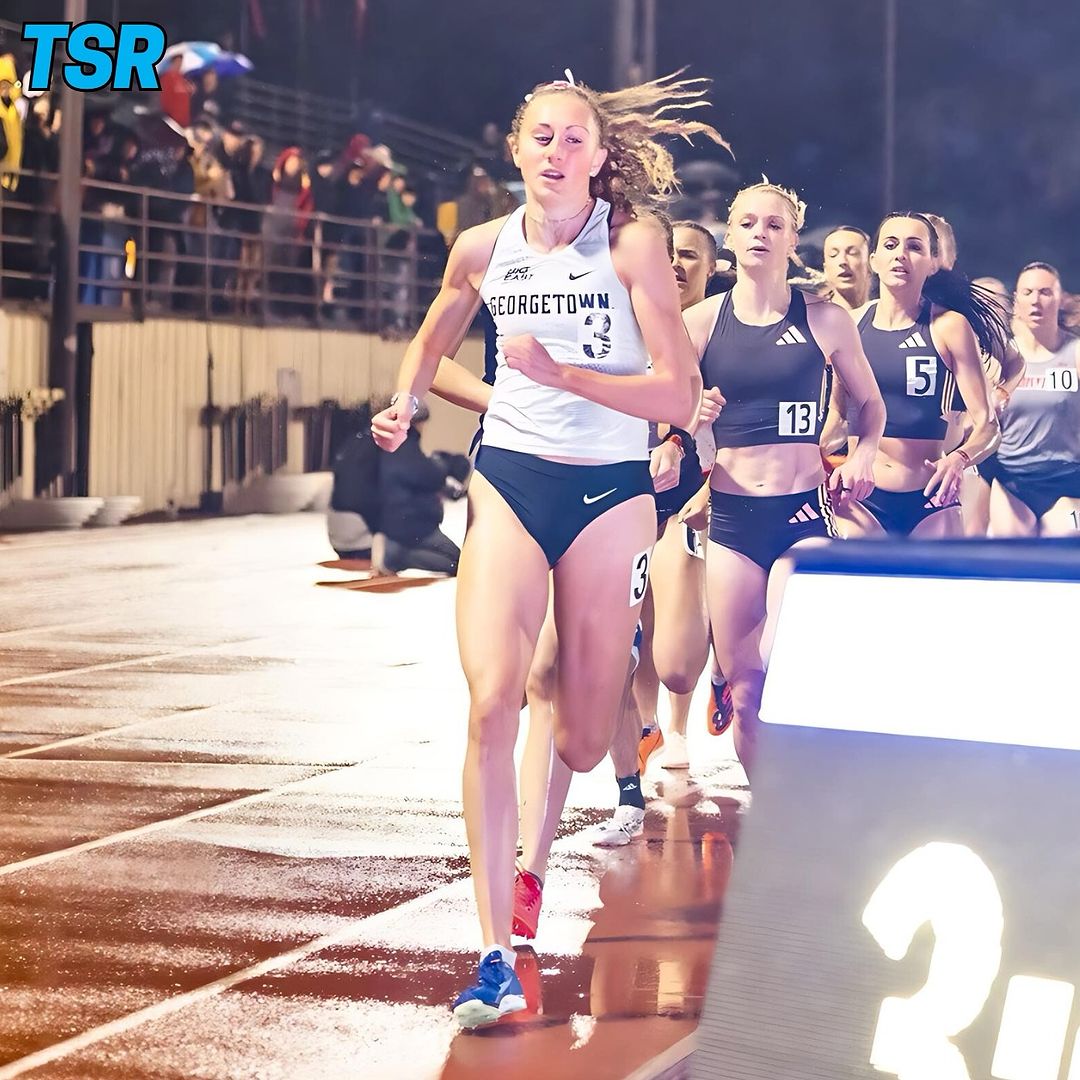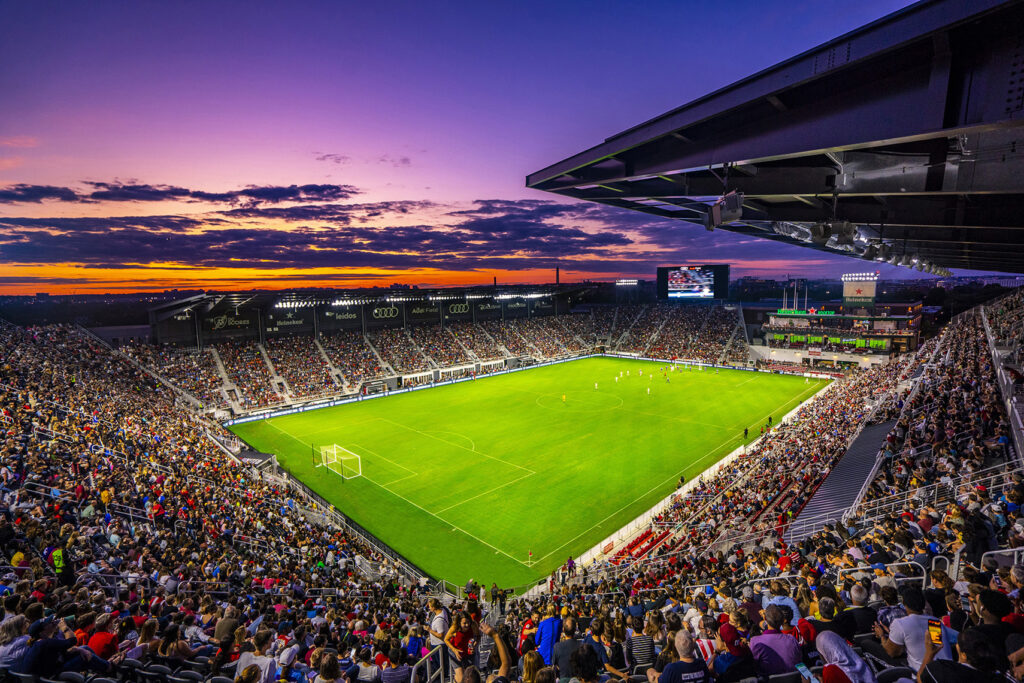
Andy Murray stands on the near baseline and salutes the crowd before kissing the trophy and raising it to the sky. It is a Sunday afternoon in early August, and the Scot has just won his first Rogers Cup, Canada’s lone ATP Masters 1000 series event and one of the most prestigious non-Grand Slam tournaments on the calendar. Just to his left — and moving in and out of the camera view — are a series of young boys and girls dressed in red and black, hands behind their backs and rigidly upright, trying and failing to suppress smiles. One of those kids is me. It is August 16, 2009, at Stade Uniprix in Montreal, and I am a ball boy. The smiles come not from a loose sense of excitement but an overwhelming feeling of relief. I’ve made it, and suddenly it’s sinking in. I have nothing left to prove or fear.
The 2013 U.S. Open Championships began Monday, and the focus has been on players like NovakDjokovic, Rafael Nadal and Serena Williams. But they won’t be the only important figures, certainly not the only ones competing and feeling pressure. To the average viewer, ball boys are an insignificant part of the tennis experience. They go about their job, and if they’re not noticed, it means they’ve done it well. When asked what it must be like to be in their shoes, most will say that it sounds like a great time — the ability to watch tennis up close, meet the pros and get free equipment for your service. But that’s only half true. I competed in tennis at the provincial level for a number of years, but being a ball boy was an entirely different level of pressure.
On a Friday morning in late June, just weeks before the Rogers Cup, 150 eager boys and girls — including myself — ranging in ages from 12 to 14 are at the National Tennis Centre in Montreal to attend ball boy tryouts for the one-week tournament. A team of seven or eight instructors, many of them former ball boys themselves, runs the three-day camp. It is class time and exam time rolled into one. As each new element of the job is introduced, we are evaluated. They lurk in the corners, taking notes, identifying us by the numbered tags pinned to our fronts. We are like “American Idol” contestants, except the panel is judging us on the equivalent of our first singing lesson.
It begins with throwing. The Rogers Cup and the US Open are the only tournaments in the world in which the ball boys toss the balls from one to another. Everywhere else, ball boys employ a rolling technique. As a result, our ball boys are some of the most efficient. But one mistake could result in a delay in play, or worse, a Roger Federer struck in the eye. We choose whether to be “net” or “baseline” workers. The net boys must sprint for a ball as soon as it hits the net, and then relay it back to one of the baseline boys. If your throw bounces twice before it reaches the target, you might be cut. There is crisscrossing, equalizing, the proper distribution technique, knowing when to give the towel, how to hold the parasol and tiebreaks. Oh god, those tiebreaks: There must be six balls on the court at all times, and the players change servers every two points and sides every six points. We try and ensure that there are always three balls available for each player. Not easy.
By the end of the weekend, after three sets of cuts, the top 50 earn spots at the tournament. Along with the approximately 100 returning ball boys, they are sorted into eight teams, which — over the course of the week — are cut down to six, four and then just two. There is hardly any practice time. The officials don’t evaluate you on the first weekend, which is supposed to be for qualifying. Except that sometimes you get a main draw match like Dmitry Tursunov versus Nicolas Kiefer scheduled for Sunday. Known as two of the meanest hot heads on tour, I can only watch as one of the rookie baseline ball boys makes an error and feels Tursonov’s wrath for the next 10 minutes. “He’s trying to mess me up on purpose,” he wails to the chair umpire. “Replace him right now or I’m leaving the court!” Once things start for real on Monday, the pressure ramps up. I was in the stands once when a first-year girl was a little slow in giving a player his towel. The player’s response? “That’s why they’re supposed to be ball boys.” The player lost the crowd for the rest of that match; the ball girl was still cut that day. As a ball boy, you are the first source of human contact after any point or match. This can be a good or a bad thing; Martina Navratilova once threw a water bottle at me after being broken in doubles.
But we put up with it. Why? Because tennis yields some of the nicest professional athletes you will find. We used to line up to give high-fives to Federer as he entered and exited the court. Djokovicwould smile and sincerely thank me every time I handed him a water bottle. Andy Roddick would applaud if you caught one of his notoriously fast serves cleanly in the warm up. And then there is the ultimate prize, of surviving each of the cuts — Wednesday, Thursday and Friday — which means nailing your throws, being quick as a cheetah, cool as a cucumber and professional in everything you do. Surviving the cuts means a shot at the finals, whether you get to be a part of the singles or doubles festivities will depend on your performance in the semifinals. After every slightly off-line throw in the glaring sun, you glance up at your superior, who you have located long before, and check if he has seen, if he is writing anything, if it is the last throw you might make and your last chance to be up close with some of the greatest athletes in the world.
Now that I’ve been a ball boy, I can’t ever watch tennis in person the same way again. It’s a memory of what once was, when I was more than just a spectator and found myself to be part of the game. I will always feel a personal connection to the players who remain, as well as my peers — a fraternity of forgotten ones. It’s almost not worth it; it’s almost worth quitting. At least until that final picture, standing just left of Andy Murray with the trophy. By that point, it feels like I’ve earned a part of that trophy as well.








